
With electric vehicle (EV) ownership accelerating across Australia, apartment dwellers are facing a new question: how do I charge my EV at home?
For owners, strata managers, and residents alike, this guide is your step-by-step roadmap to understanding EV charging in apartment buildings, covering: legal approvals, technical challenges, costs, installation options, and future-proofing strategies.
▶️MORE: Electric Car Home Charging: A Comprehensive Guide
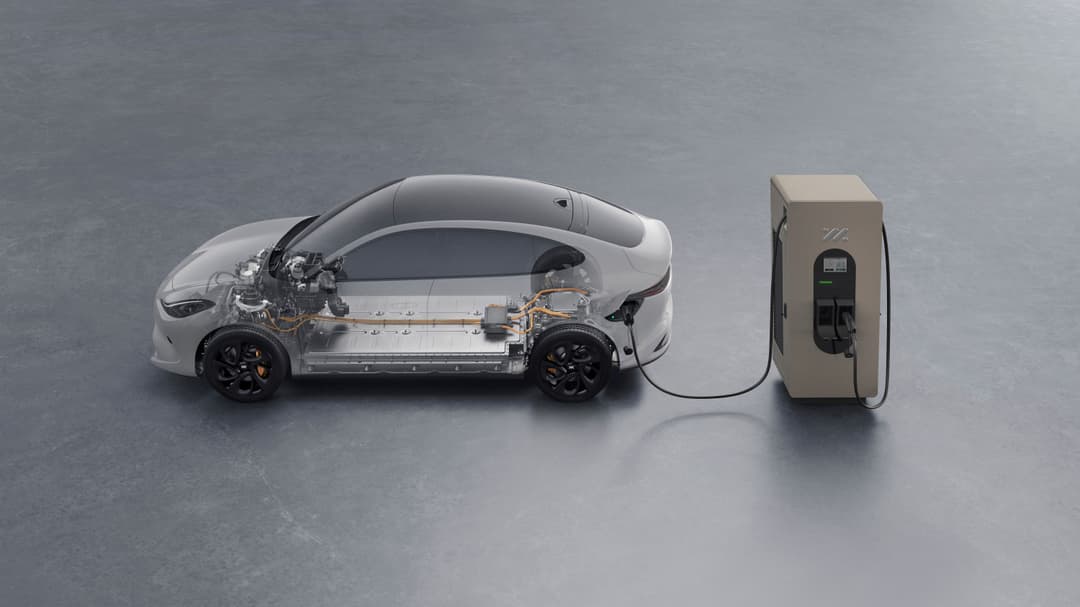
Why EV Charging in Apartments Matters
Australia’s shift toward electric vehicles isn’t slowing down. But if you live in an apartment, you probably can’t just plug your EV into a wall socket like someone in a freestanding home. According to the ABS, ~30% of Australians live in an apartment/townhouse.
Access to reliable, convenient home charging is critical to EV adoption, and apartment buildings, home to over 2 million Australians, must rise to the challenge. Installing EV chargers can:
- Increase property value
- Attract future buyers and renters
- Support sustainable transport goals
- Future-proof your building
▶️MORE: How Much Does a Home EV Charger Cost to Install in 2025?

Step 1: Understand the Basics of EV Charging
There are three main types of EV chargers:
🔌 Level 1 Chargers
- Plug directly into a standard power outlet
- Cheapest and simplest option
- Slowest charging speed
- Best for overnight or low-usage charging
⚡ Level 2 Chargers
- Require dedicated wiring and installation
- Charge vehicles significantly faster
- Common in homes, workplaces, and public car parks
🚀 DC Fast Chargers
- Provide ultra-fast charging
- Require major infrastructure and high voltage
- Not suitable for most apartment buildings
For strata apartments, Level 1 and Level 2 chargers are the most practical options.
▶️GUIDE: Exploring the Benefits of Smart EV Charging
Step 2: Begin with a Feasibility Assessment
Before any installations happen, the first essential step is conducting a Feasibility Assessment. Wattblock are one of the industry leaders in doing solar and EV charging feasibility studies for apartment buildings.
This professional review evaluates your building’s existing electrical capacity, wiring, switchboards, and parking layout to determine what’s possible and safe.
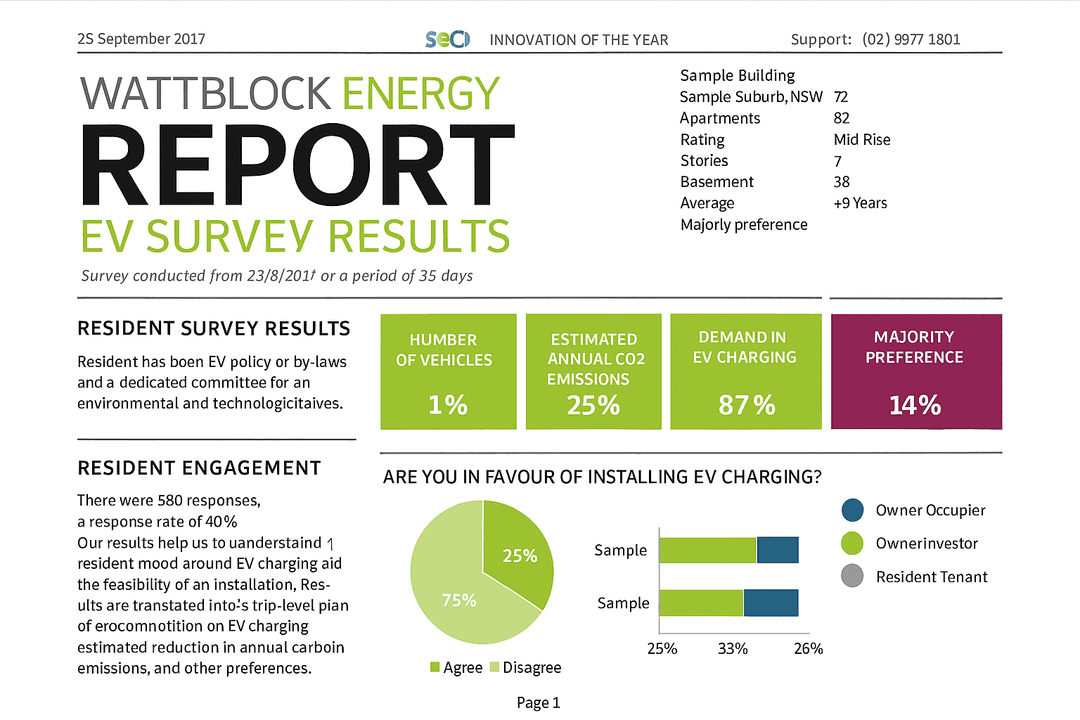
What the Feasibility Assessment Includes:
- Site Survey: A licensed electrician surveys switchboards, meters, parking bays, and cable routes.
- Power Monitoring: A temporary logger tracks power consumption to gauge available electrical capacity.
- Engineering Analysis: Recommendations based on the building's infrastructure, including cost-effective, scalable solutions.
- Roadmap for EV Readiness: A staged rollout plan ensuring fair and equal access for all apartment owners.
- Installer Recommendations: Referrals to trusted, experienced contractors for implementation.
📌 Important: Every building is different. Without a professional assessment, your EV project could run into unexpected costs or technical roadblocks.
▶️MORE: Best EV Chargers in Australia: Top Picks for 2025
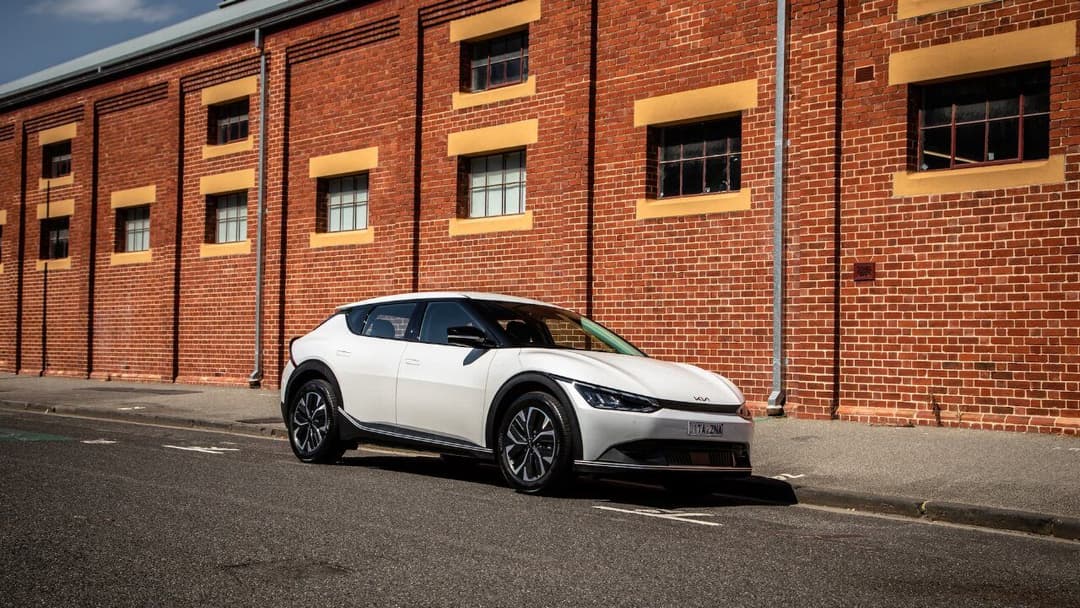
Step 3: Seek Strata Approval
EV chargers usually connect to common property infrastructure, so they fall under strata by-laws and voting requirements.
You’ll need approval from the owners’ committee or a general meeting vote.
Voting Requirements Vary by State:
- NSW, ACT, WA, TAS: 50% majority vote
- Other states: Special resolution (no more than 25% voting against)
It’s best to present the feasibility study and proposed roadmap before asking for a vote. This ensures transparency and increases the chance of approval.
Step 4: Choose the Right Installation Path
Once approval is granted and a feasibility roadmap is in hand, it’s time to consider your building’s best EV charging setup.
Option 1: Visitor Parking Bay Chargers
- Install one or two chargers in shared visitor parking spots.
- Can limit usage time to ensure sharing.
- A temporary solution that buys time before full infrastructure upgrades.
Option 2: Trickle Charging (Level 1)
- Use existing 10A or 15A power sockets.
- Often possible without upgrades if usage is low.
- Power consumption can be tracked and billed if connected to the common meter.
✅ Real-world Example: A Sydney building with 24 units successfully rolled out Level 1 charging using existing infrastructure.
NOX Energy provided a quality level 1 charging solution, specifically designed for apartment buildings.
▶️GUIDE: How To Use A Public EV Charging Station (Step-By-Step Guide)

Option 3: Level 2 Chargers with Load Management
- Faster charging with systems that monitor and balance electrical load.
- Prevents overloading during peak hours (e.g., 5–9pm).
- Ideal for long-term use, especially as more residents adopt EVs.
Step 5: Install Load Management Systems (If Needed)
For buildings with limited power capacity, load management systems (LMS) are crucial. These smart systems balance power across multiple chargers and reduce consumption during peak hours.
There are two main types:
| Type | How It Works | Pros | Cons |
| Branded LMS | Single-brand systems with charger-specific controls | Simple to manage, consistent look | Everyone must use the same charger |
| OCPP/Universal LMS | Open protocol supporting multiple charger brands | More choice, flexibility | More complex, requires software updates |
Popular providers: Schneider, Ocular (Branded) and Jetcharge, Combined Energy (OCPP).
🛒 Types of chargers - differences in speed, cost, and functionality.
Step 6: Budgeting for EV Charging Costs
Installing EV chargers in apartment buildings is usually a two-stage process:
Stage 1: Backbone Infrastructure (Paid by Strata)
- Lays foundation for future individual chargers
- Includes upgrades to switchboards, cabling, load management
- Typical cost: $1,000 – $4,000 per apartment
▶️MORE: How Much Does a Home EV Charger Really Cost to Install?
Stage 2: Individual Charger Installation (Paid by Owner)
- Wall-mounted or pedestal charger installation in personal parking bay
- Includes cabling, protection, and connection to LMS
- Typical cost: $2,000 – $4,000 per owner
💡 Costs vary depending on: cable distance, trenching needs, parking layout, bollard protection, and installation complexity.
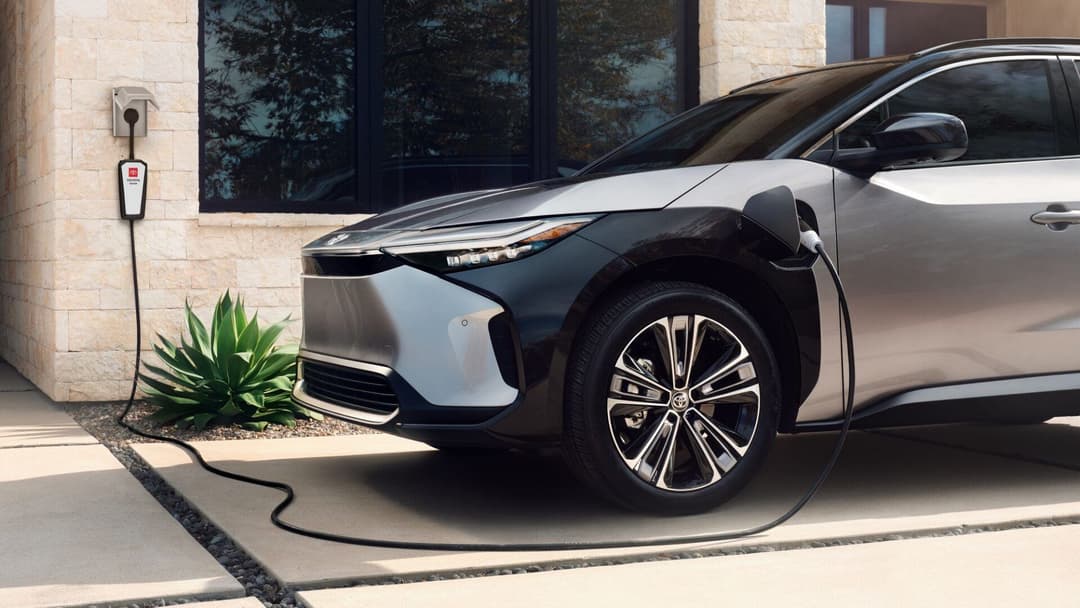
Step 7: Know the Risks of Going Solo
Some owners might wonder: "Can’t I just install my own charger?"
The answer: Not without strata approval and a shared plan.
Why?
- Most apartment buildings don’t have enough electrical capacity for everyone to install their own charger independently.
- A handful of rogue chargers could overload the building and cause blackouts.
- Retroactive rewiring or charger replacement can cost thousands later on.
A building-wide plan avoids these pitfalls and ensures fair access for all.
▶️MORE: EV Charging Basics
Step 8: Embrace Smart Charging for the Future
Smart chargers take things a step further, offering:
- Dynamic Load Balancing: Keeps charging within electrical building capacity.
- Scheduled Charging: Optimises energy use during off-peak hours.
- Remote Monitoring: Gives strata and owners visibility and control.
- Fair Billing: Automatically tracks individual electricity use
This tech isn’t just cool—it’s becoming essential for efficient, transparent EV charging in shared buildings.
Other Considerations: Benefit from New Laws & Kerbside Charging
New Buildings Must Be EV-Ready
Under updates to the National Construction Code (NCC):
- All new apartment buildings must support EV chargers.
- Electrical boards must deliver 12 kWh per charger between 11pm–7am.
- Future NCC updates may mandate actual chargers in some parking bays.
This change means future apartment owners and renters will expect EV capability as standard.
▶️MORE: 5 Best EV Charging Networks in Australia
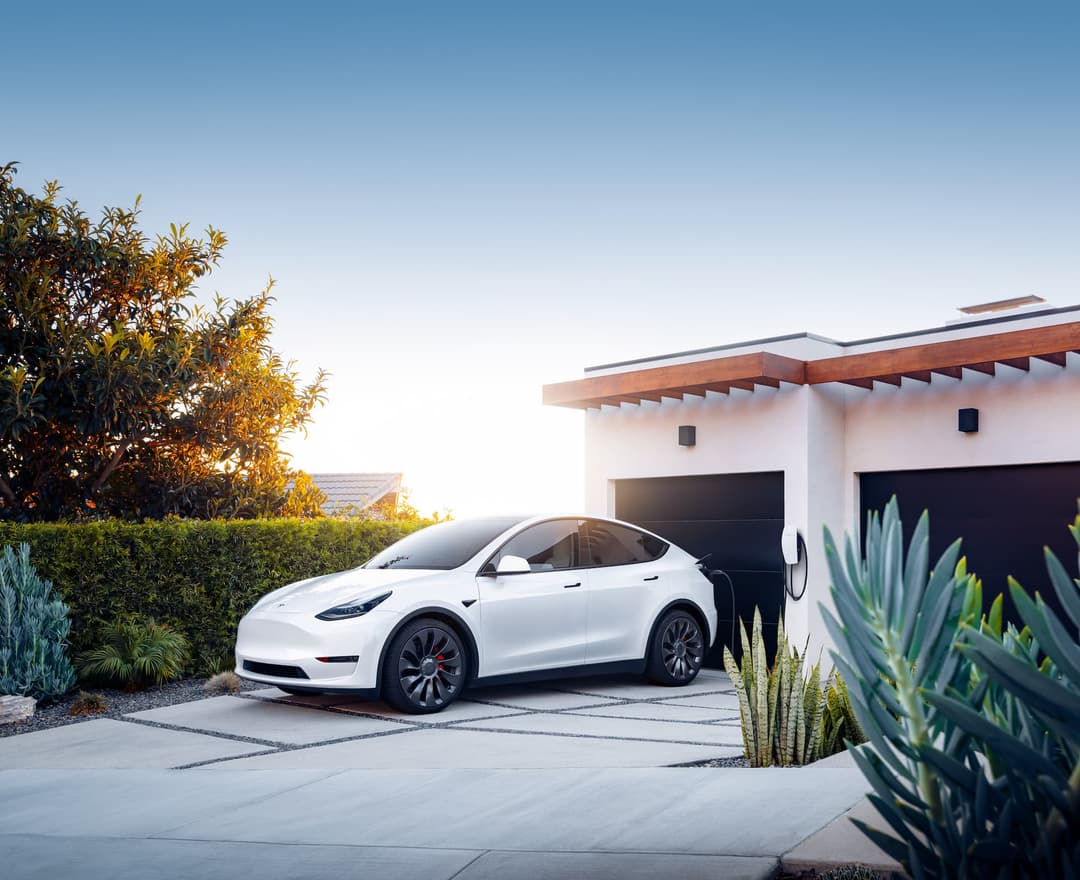
Kerbside Charging: A Lifeline for Those Without Parking
Not every apartment has private parking. That’s where kerbside charging comes in.
- Chargers are installed on street poles or power infrastructure.
- NSW Government has pledged $10 million for kerbside EV charging.
- Ausgrid is trialling public charging via streetlights and poles.
🚗 Kerbside charging could be a game-changer in high-density areas like inner Sydney or Melbourne.
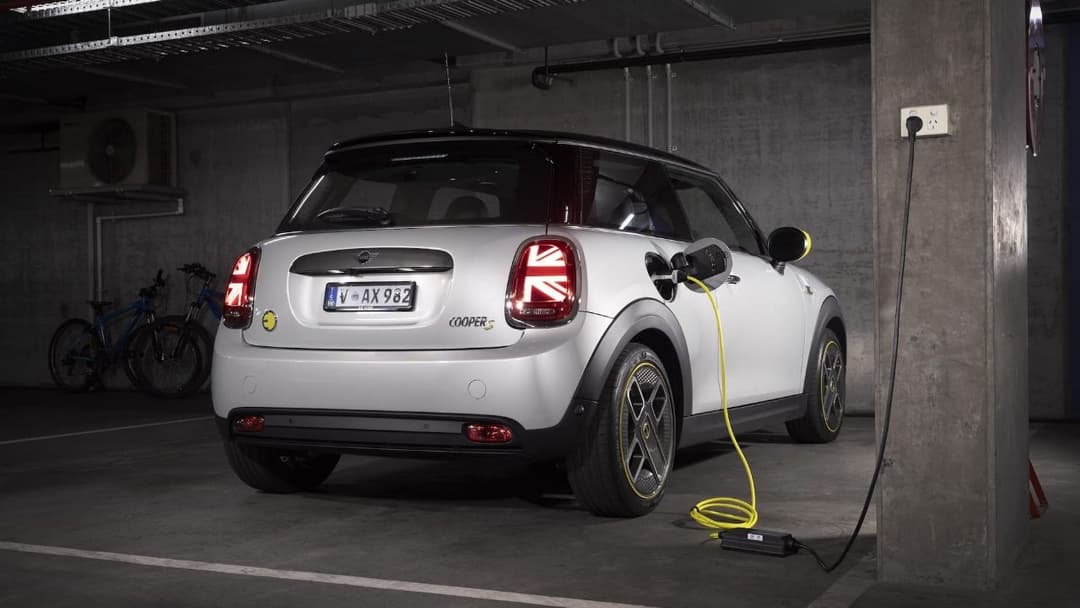
Conclusion: Make Your Building EV Ready—The Right Way
Installing EV chargers in apartments isn’t plug-and-play—but with proper planning, approvals, and support, it can be smooth, cost-effective, and future-proof.
Let’s recap the key steps:
- Understand the charger types and your building’s needs.
- Conduct a feasibility assessment—don’t skip this!
- Get strata approval through the right voting process.
- Plan infrastructure rollout with fairness and scalability in mind.
- Install smart systems to manage load and optimise usage.
- Invest smartly by budgeting costs in stages.
- Don’t DIY without a building-wide strategy.
- Leverage smart chargers and NCC updates to stay future-ready.
- Explore other options: such as kerbside charging.
Stay up to date with the latest EV news
- Get the latest news and update
- New EV model releases
- Get money savings-deal
